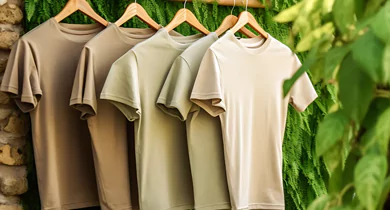Fashion brands are everywhere we look: from billboards on the street to advertisements on TV and in magazines—and of course on our clothes! The $2.3 trillion fashion industry has a major impact on our lives, with brand names and logos becoming synonymous with the products themselves.
But how does this affect us? How does this affect our planet? When you think about it, fashion is the business of making money by selling trendy clothes that people want to buy. However, the way these companies operate can have a huge impact on both the environment AND society itself. Reports peg the fashion industry’s CO2 emissions to be about 8-10% of all greenhouse gas emissions from human activities. You might have even heard that fashion’s energy consumption is higher than that of aviation and shipping industries combined!
These alarming numbers are the reason why there’s been an increasing pressure on fashion business to practice sustainability across the value chain. But what is sustainability? Sustainability is about people, planet, profit and purpose – it means considering how your business or brand impacts people (ethical design), natural resources (environmental impact) and society (societal value).
While this general definition might give you an idea of what sustainability means, the concept of sustainable fashion deals with a very specific set of problems and implications. In this blog, we’ll take a look at different aspects of the sustainable fashion industry as well as the role of customers in shaping the future of sustainable fashion.







































